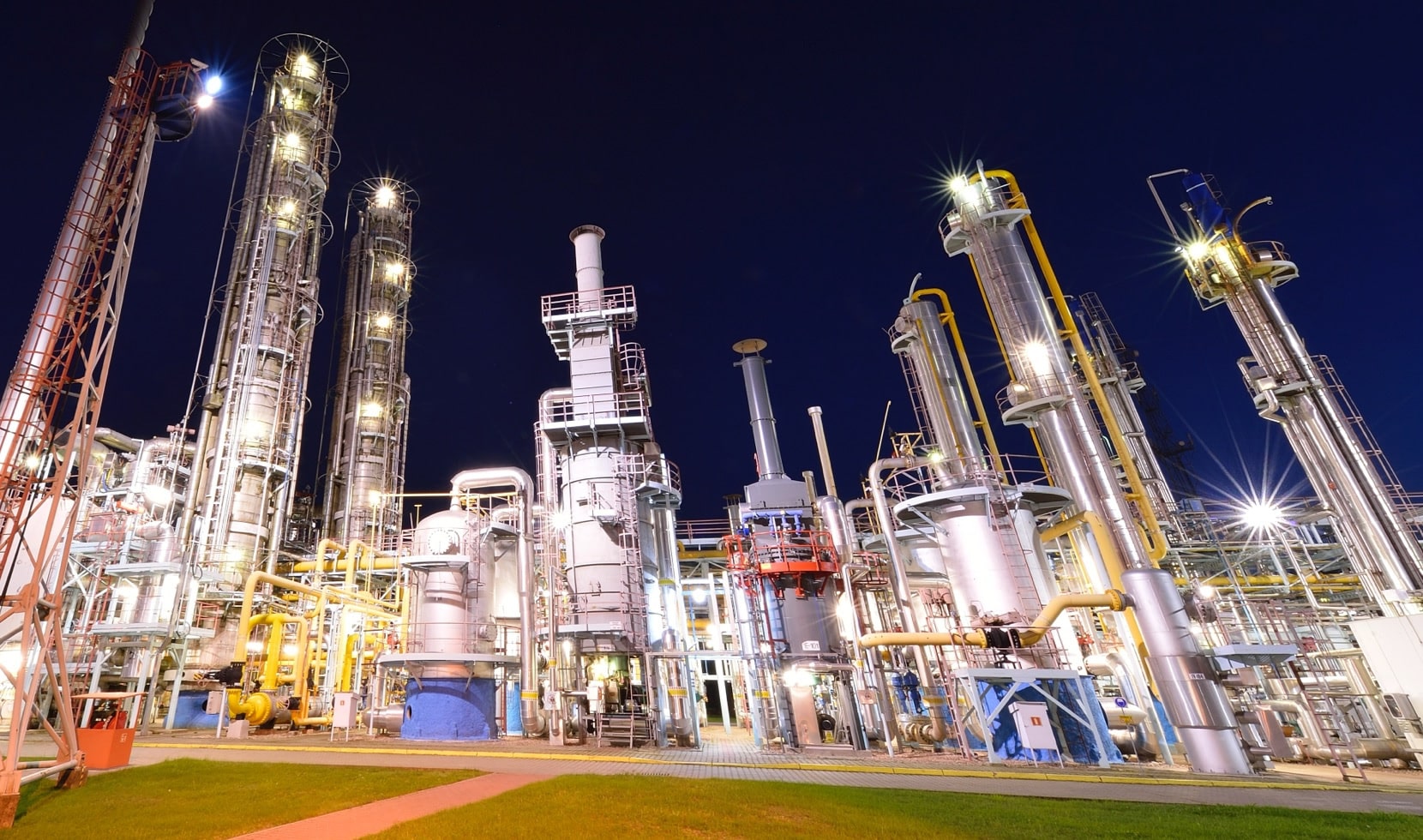
Water consumption at the PGNiG Group
Water consumption at the PGNiG Group by source, 2020–2021
| Water (mcm) | 2021 | 2020 | ||
|---|---|---|---|---|
| PGNiG Group | PGNiG | PGNiG Group | PGNiG | |
| surface water withdrawn from own intake points | 252.9 | – | 152.6 | – |
| ground water withdrawn from own intake points | 0.5 | 0.3 | 0.4 | 0.3 |
| rainwater | – | – | – | – |
| purchased from the mains, surface and ground water intakes | 1.9 | 0.1 | 1.8 | 0.2 |
The PGNiG Group aims to reduce water consumption in processes and by humans. Seeking to protect surface and underground water resources, as part of its exploration and production work the Group identifies sources of water supply and ways of water storage in order to use it in the most efficient manner in a given region without restraining other users’ access to that natural resource. Rules have been put in place for water and wastewater management, requiring recording and measuring the volumes of purchased and abstracted water. To reduce water consumption, drilling mud is treated and reused. The most common devices for treating drilling mud are washing cradles, vibrating screens, centrifuges, desilters, desanders. Rock pieces from drilling mud are loaded into steel tanks, are regularly collected by licensed collectors and transported directly to waste recovery or disposal facilities.
The overall increase in the consumption of surface water in 2021 was attributable to a new CCGT unit placed in service at the Żerań CHP plant (TERMIKA). In contrast PGNiG recorded a slight decline in water purchased from the mains as the number of staff present at facilities and offices fell as a result of COVID-19 restrictions. Also, water used for process needs at the Dębno Oil and Gas Production Facility in 2021 was drawn from own intake points and not from the mains as was the case in previous years, which reduced the volume of water purchased from the mains.
Total water discharge by quality and destination
| Wastewater | 2021* | 2020 | ||
|---|---|---|---|---|
| GK PGNiG | PGNiG | GK PGNiG | PGNiG | |
| Domestic [’000 m3] | 388.5 | 47.1 | 340.1 | 20.0 |
| Municipal [’000 m3] | 56.5 | 46.6 | 88.4 | 78.0 |
| Industrial [’000 m3] | 7,232.0 | 17.0 | 8,102.9 | 14.7 |
| Other [’000 m3] | 244,976.3 | 23.2 | 146,202.1 | 24.2 |
Wastewater generated by the PGNiG Group companies is discharged into the sewage system, surface water or soil based on the water permits obtained. Domestic and industrial wastewater is discharged into the sewage system. Rainwater from plant premises and access roads is discharged into the municipal sewage system, as well as into surface water and soil.
The PGNiG TERMIKA Group companies account for a large share in the volume of generated wastewater as they use water for industrial processes and cooling. The policy of economical water management is followed during drilling work and, where possible, wastewater is reused to prepare drilling muds.
PGNiG’s Geology and Hydrocarbon Production Branch reported higher volumes of industrial and other wastewater on drilling rigs (the latter comprising the volume of rainwater and meltwater removed from drilling rigs), which is due to the drilling of deeper wells and longer time of rig operation.
Water recycled and reused
PGNiG TERMIKA EP reuses some of the process wastewater (such as effluents from boiler system blowdowns) in systems with
lower quality requirements.
In and around the Mogilno UGSF and Kosakowo UGSF operated by GSP , an environmental monitoring project was carried out in order to identify possible impacts related to the discharge of salt brine (classified as an effluent) into the Puck Bay in the case of the Kosakowo CUGSF and operation of the onshore part of the project in the case of the Kosakowo UGSF and Mogilno UGSF. The results of the environmental monitoring indicate that construction and operation of underground gas storage facilities has no adverse effect on individual components of the natural environment.

